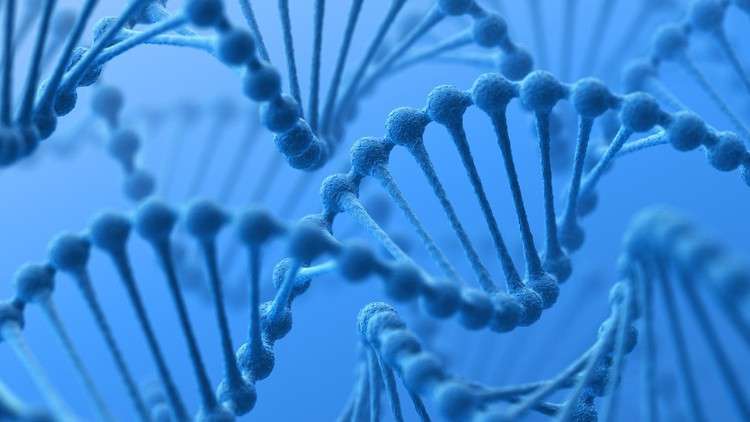
Nucleic acid extraction
What you will learn
What is Nucleic Acid?
Practical Methods on how to extract Nucleic Acid.
Tips to get more DNA or RNA in the extraction procedure.
Assessment of quality and quantity of the extracted Nucleic Acid.
Description
Nucleic acid extraction is the process of isolating nucleic acid from the cells of an organism isolated from a sample, typically a biological sample such as blood, saliva, or tissue. It involves breaking open the cells, removing proteins and other contaminants, and purifying the nucleic acid so that it is free of other cellular components. The purified nucleic acid (DNA or RNA) can then be used for downstream applications such as PCR, sequencing, or cloning.
This process can be done in several ways, depending on the type of the sample and the downstream application, the most common methods are: mechanical, chemical and enzymatic lysis, precipitation, purification, and concentration.
The specific method used to extract the nucleic acid, such as phenol-chloroform extraction, alcohol precipitation, or silica-based purification.
For the chemical method, many different kits are used for extraction, and selecting the correct one will save time on kit optimization and extraction procedures.
There are several quality control techniques used to ensure the quality of extracted nucleic acid, including:
Spectrophotometry: This is a widely used method for measuring the concentration and purity of a nucleic acid sample. Spectrophotometry measures the absorbance of a sample at different wavelengths, typically at 260 nm and 280 nm. The ratio of absorbance at 260 nm and 280 nm is used to determine the purity of the nucleic acid sample.
Gel electrophoresis: This technique is used to visualize and compare the size and integrity of nucleic acid samples.
Content